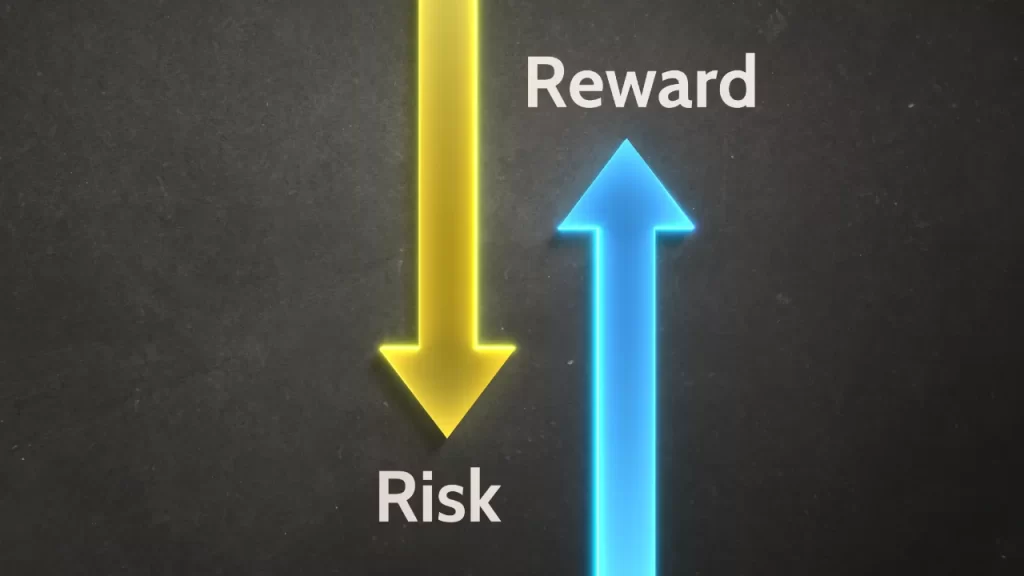Hedging is a crucial risk management technique used by traders and investors to reduce potential losses from adverse market movements.
In CFD (Contract for Difference) trading, hedging allows traders to offset risks by opening positions that move in the opposite direction of their existing trades or portfolio holdings.
This guide explains how to hedge with CFDs, when to use hedging strategies, and the pros and cons of this approach.

What is Hedging in CFD Trading?
Hedging involves taking a counter-position in a related asset or the same asset to minimize potential losses.
It acts as an insurance policy against negative price movements.
How Hedging Works in CFDs:
- If you own stocks and expect a short-term decline, you can open a short CFD position on the same stock to offset potential losses.
- If you hold a long-term forex position, you can hedge with a contrary forex CFD trade to protect against volatility.
- If you trade commodities like gold or oil, you can hedge using CFDs on correlated assets like the USD index or ETFs.
By using CFDs for hedging, traders can protect their capital while still maintaining their original investment positions.

Why Use Hedging in CFD Trading?
Hedging is not about generating profits—it is about reducing exposure to risk. Here are some situations where hedging is useful:
Market Volatility Protection: Hedging helps traders mitigate risks during uncertain market conditions, such as major economic announcements or geopolitical events.
Portfolio Insurance: Investors with long-term holdings can use CFD hedging to protect their portfolios from temporary downturns without selling their assets.
Currency and Commodity Risk Management: If you are trading assets exposed to foreign exchange rates or commodity price fluctuations, hedging helps stabilize returns.
Trading Around Events: Hedging allows traders to remain in the market during earnings reports, interest rate decisions, and political events without excessive risk.

Popular Hedging Strategies Using CFDs
1. Direct Hedging (Same Asset, Opposite Position)
Example:
- You own 100 shares of a stock in your investment portfolio.
- To hedge, you open a short CFD position on the same stock.
- If the stock price falls, your CFD trade profits will offset the losses from your stock holding.
This strategy is commonly used by investors who want to hold onto their stocks for the long term while protecting against short-term declines.
2. Hedging with Correlated Assets
Some assets move inversely to others. Traders can hedge by opening a CFD position in an asset that typically moves in the opposite direction of their primary trade.
Example:
- Gold and the U.S. Dollar typically have an inverse relationship.
- If you own gold CFDs and anticipate short-term losses, you can hedge by going long on USD index CFDs.
- If gold prices drop, the USD index may rise, reducing overall losses.
3. Index Hedging for Stock Portfolios
If you own multiple stocks, hedging with an index CFD like the S&P 500, Nasdaq 100, or FTSE 100 can be an effective strategy.
Example:
- You hold several tech stocks in your portfolio.
- To hedge against a downturn in the tech sector, you short a Nasdaq 100 CFD.
- If the tech market declines, the short Nasdaq CFD position gains value, reducing overall portfolio losses.
4. Forex Hedging with CFDs
Forex traders use hedging strategies to protect against currency fluctuations.
Example:
- You have a long position on EUR/USD, but you’re concerned about short-term USD strength.
- You hedge by opening a short EUR/USD CFD to reduce exposure.
- If EUR/USD declines, the short CFD trade helps minimize losses.
Forex traders also use cross-currency hedging, such as trading USD/JPY against EUR/JPY to balance risks.
5. Commodity Hedging with CFDs
Traders and businesses use commodity CFDs to protect against price fluctuations in oil, gold, or agricultural products.
Example:
- A fuel-dependent business wants to hedge against rising oil prices.
- The company buys crude oil CFDs so that if oil prices rise, the gains from CFDs offset increased fuel costs.
Hedging is also used by commodity traders to protect profits from short-term market dips.

Pros and Cons of Hedging with CFDs
✔ Pros of CFD Hedging:
- Minimizes potential losses during volatile market conditions.
- No need to sell long-term investments when protecting against short-term risks.
- Leverage allows for efficient hedging with smaller capital requirements.
- Flexibility to hedge across different markets, including stocks, forex, indices, and commodities.
✖ Cons of CFD Hedging:
- Hedging is not free—traders pay spreads, commissions, and overnight financing costs.
- Reduces profit potential, as gains in one position are offset by losses in the hedge.
- Requires experience, as incorrect hedging can lead to unnecessary costs and ineffective protection.
- Market conditions can shift unexpectedly, making hedging less effective at times.

Best Practices for Effective CFD Hedging
- Define Your Risk Exposure – Assess which assets in your portfolio need protection and why.
- Use Stop-Loss Orders – Even hedged positions should have stop-losses to prevent excessive losses.
- Avoid Over-Hedging – Too many hedging positions can cancel out all potential profits.
- Monitor Market Correlations – Ensure that your hedge positions are truly offsetting risks, not amplifying them.
- Understand the Costs – Consider CFD financing fees, spreads, and commissions when placing hedge trades.
- Use a Trading Plan – Develop a structured hedging strategy that aligns with your trading goals.
Conclusion
Hedging with CFDs is a powerful tool for protecting portfolios, managing risk, and reducing losses during uncertain market conditions.
Whether using direct hedging, correlated assets, or index protection, traders can minimize downside risks while maintaining market exposure.
However, hedging is not a guarantee against losses—it requires a clear strategy, risk management, and cost awareness.
By implementing hedging properly, traders can safeguard their investments while continuing to participate in market opportunities.






